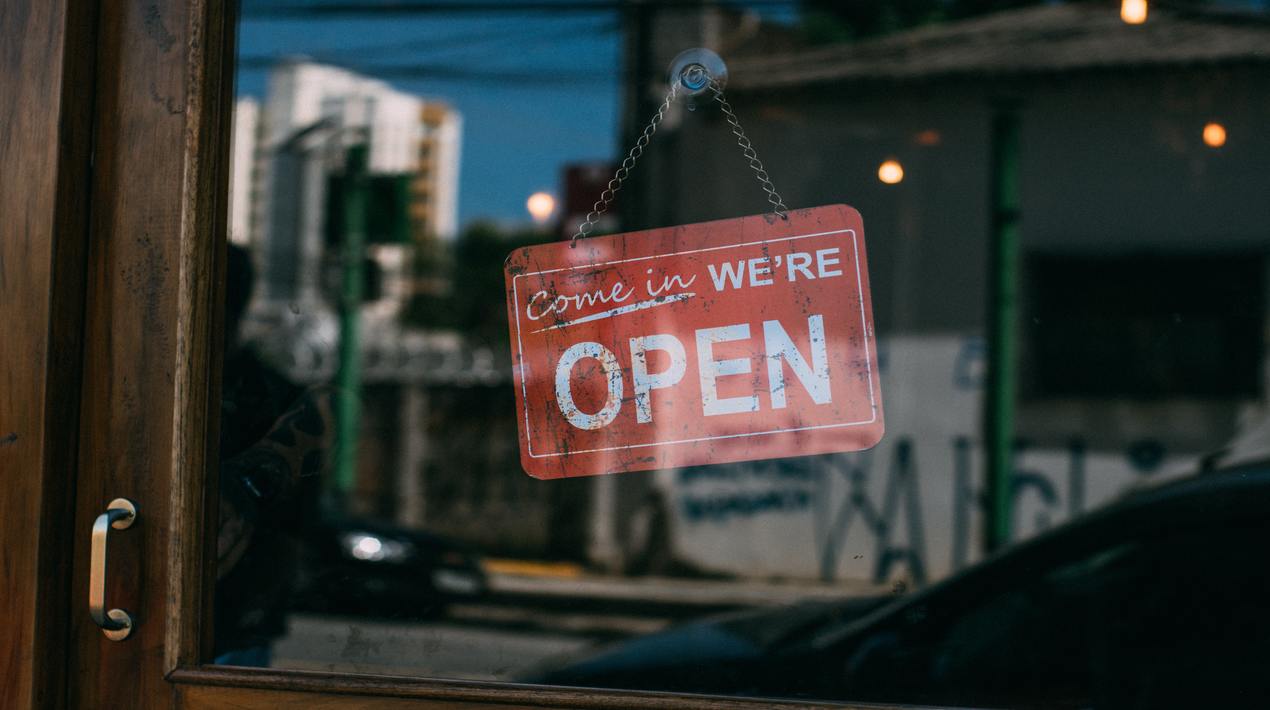
To assist Micro, Small and Medium Enterprises (MSMEs), the Philippine government has put up a new digital platform where small businesses and start-ups can offer their products. In a statement, the Department of Trade and Industry- Bureau of Domestic Trade Promotion (DTI-BDTP) reported that it has organized a National Trade Fair (NTF) mall as the agency strives to continue assisting MSMEs during a phase marred by restrictions and regulations brought by the COVID-19 pandemic.
The new mall allows MSMEs to offer their products while navigating their way to online selling and other e-commerce promotions. The NTF was put up through a string of collaborative efforts from the DTI-BDTP and the DTI-Regional and other provincial offices.
Last year, the DTI’s Trade Fair, themed ‘A Green Show’, was able to showcase products of 285 MSMEs hailing from various areas in the Philippines. The number of participant businesses was 14% higher than that recorded in 2018. In terms of the number of visitors, attendance during the 2019 fair increased by as much as 10%.
As in previous trade fairs organized by the trade and industry department, the newly launched online mall is a depository of some of the top products of some 223 businesses in the Philippines. Some of the products showcased in the NTF mall are processed food and drinks, houseware, fitness items and souvenirs. Shops offering fashion accessories and other wearables are also part of the digital mall.
The NTF digital mall features a product catalogue with a facility to search for a specific product or product category and the platform provides for a more convenient online shopping experience. Buyers can also opt to reach out to MSMEs by messaging them through Viber for easier transactions. Visitors of the NTF mall shall be able to attend DTI webinars, as well as browse through writeups on exhibitors’ inspirational stories.
Tapping bigger markets through innovation
The NTF mall is a digital marketplace which allows for viable promotions of a plethora of products from various regions in the country. Food and non-food products may be advertised and sold to consumers through this mall.
What sets it apart from other e-commerce apps in the market today is that it allows for business-to-business (B2B) and also business-to-consumer connections. Through the app, MSMEs are granted new avenues to connect not only with their potential clients but with their partners and suppliers as well.
In addition, the NTF platform has networking capacities that link MSMEs to “financial service providers, point of sale, accounting, inventory, human resources, tax and payroll services, supply chain management, and B2B and B2C marketplaces”.
The NTF e-commerce platform is integrated within another linking application, which allows owners of MSMEs as end-users to create their own online shops. Through this software, small business owners are able to tap overseas markets and jumpstart their journey in digitizing their operations. This way, MSMEs may also learn a few tricks from bigger businesses who also have their companies linked in the app.
The Philippines is ramping up initiatives geared towards employing innovative methods in government transactions. Congress has doubled the country’s 2021 budget for broadband services. The executive branch of the government has also introduced a number of improvements in handling permits applications, passenger screening in immigration, and tax payments.
In an earlier report by OpenGov Asia, the Bureau of Internal Revenue has announced the launch of an electronic tax clearance scheme that bidders in government projects can use. The new tax payment method comes after a statement from the Finance Department that 86% of all tax payments were coursed online during the quarantine.
















